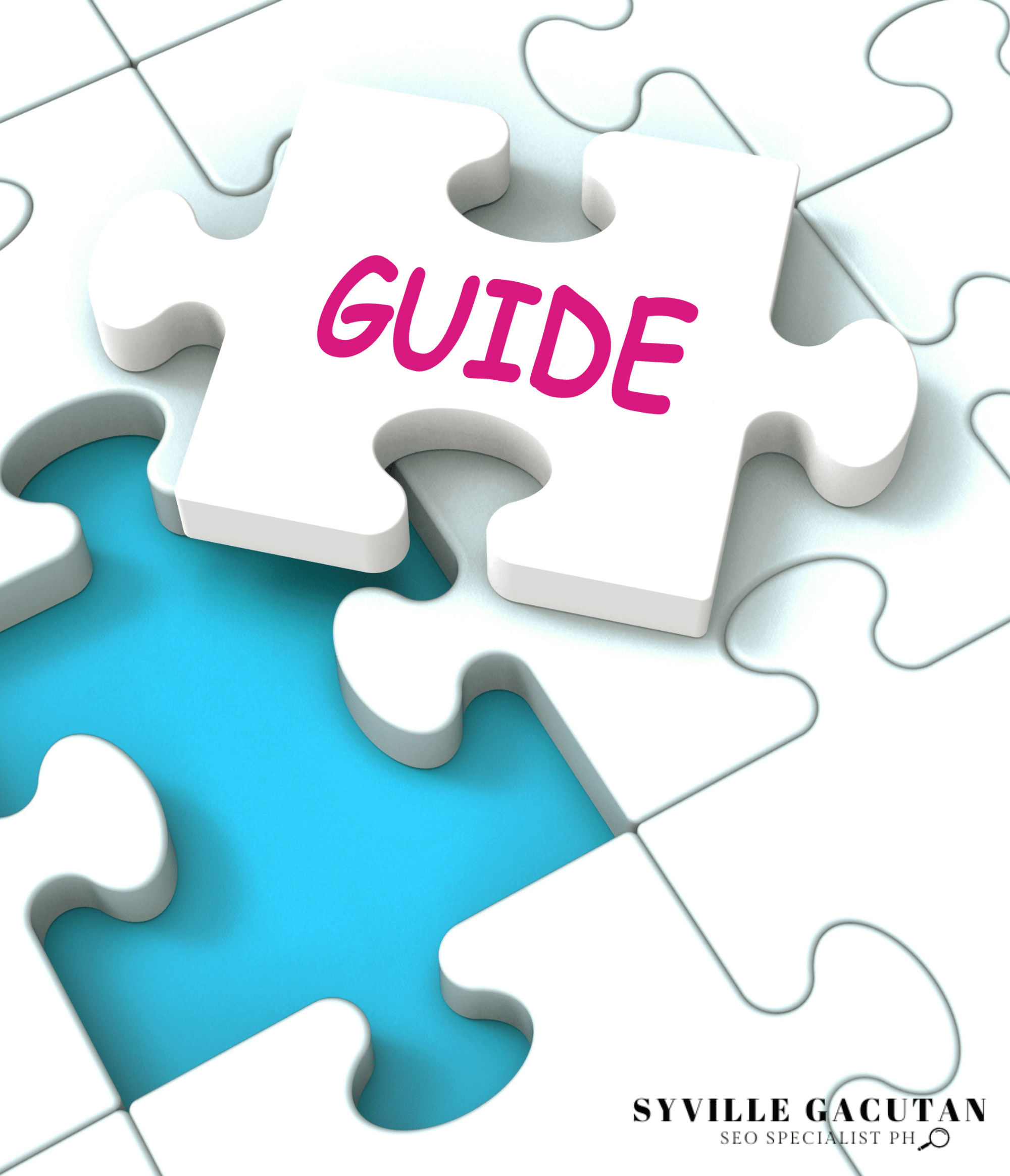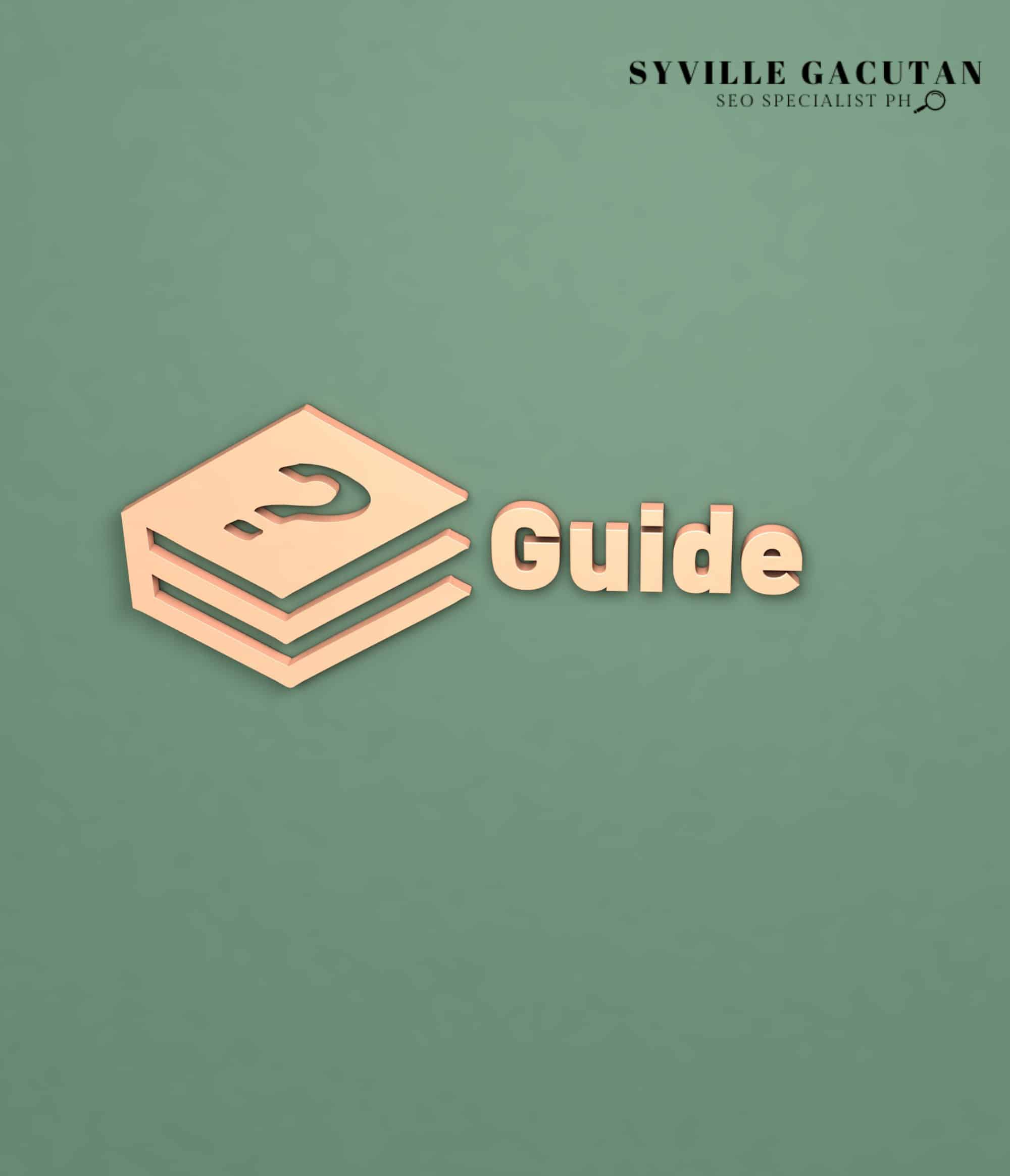
SEO-Friendly URLs: A Beginner’s Guide
Creating SEO-friendly URLs is crucial for boosting your website’s visibility and improving user navigation. This begins with a well-structured

Creating SEO-friendly URLs is crucial for boosting your website’s visibility and improving user navigation. This begins with a well-structured

Choosing the right image format is essential for optimizing SEO and enhancing site performance. JPEG is ideal for photographs,

Image compression is the process of reducing file sizes without significantly affecting quality, important for efficient storage and faster

Meta tags have evolved from their inception as key SEO tools used primarily for manipulating search results to their

To boost SEO through image filenames, utilize clear, descriptive names that reflect the image content effectively. Keep filenames concise,

Image alt tags are crucial for both SEO optimization and web accessibility. They offer written explanations that help search

Optimizing meta tags is critical for improving your website’s SEO. Begin by understanding the various types of meta tags,

A web page structure that Google favors emphasizes clean HTML, facilitating efficient crawling and indexing. Structuring pages with appropriate

Understanding content hierarchy is crucial for creating an impactful and user-friendly experience. When information gets prioritized and structured properly

When creating your initial blog post, focus on keyword research. This step ensures your content matches what your audience